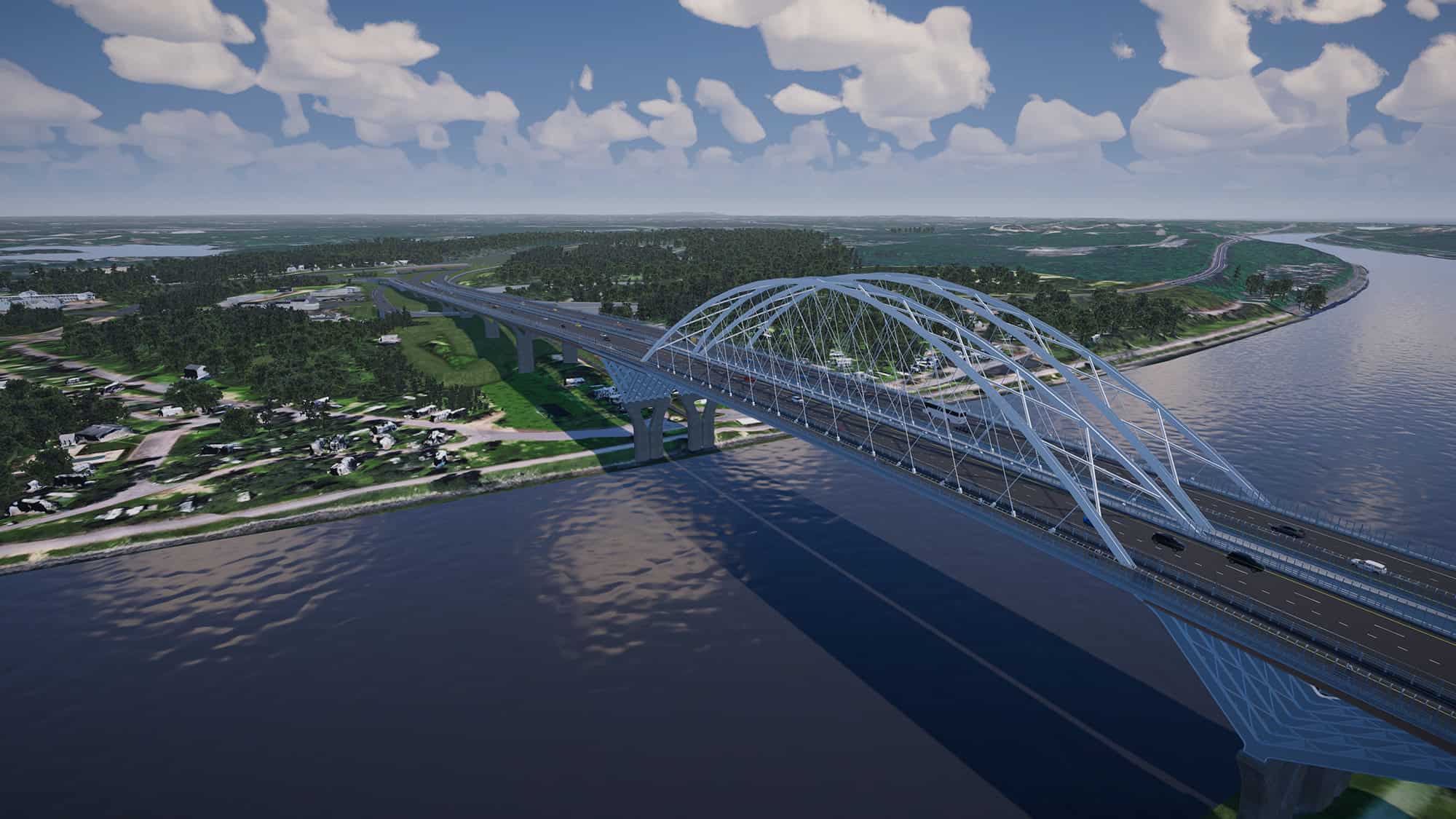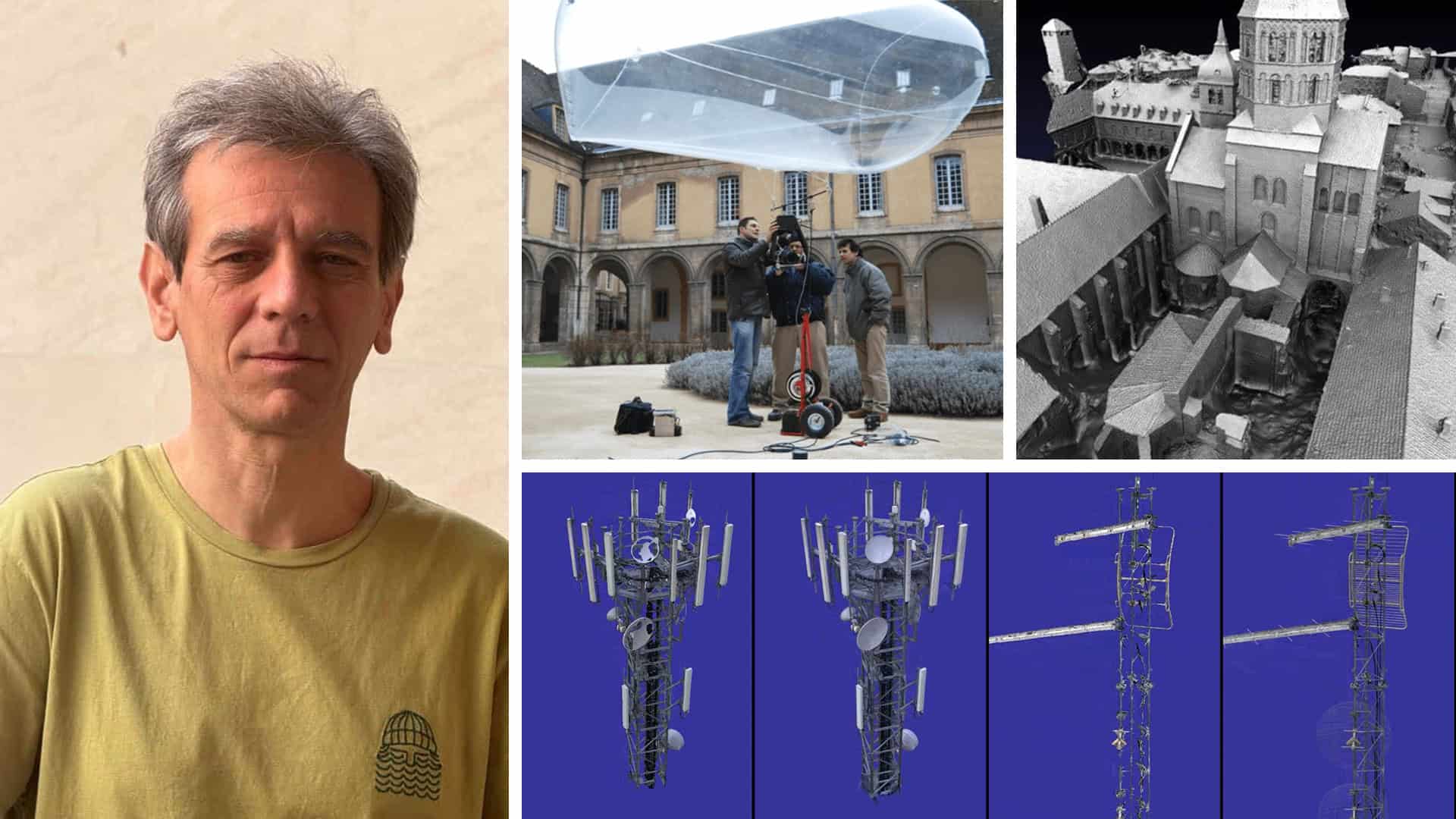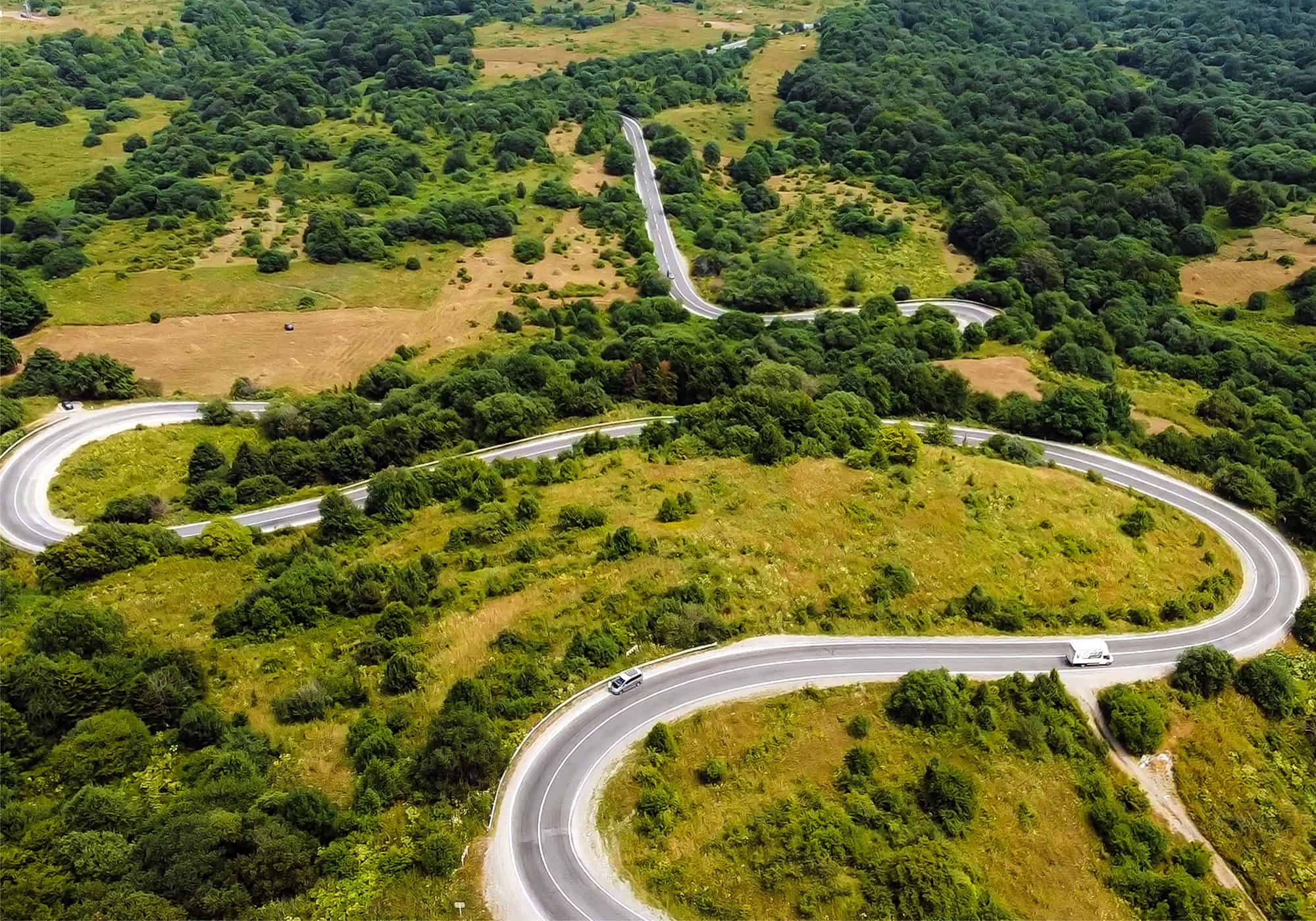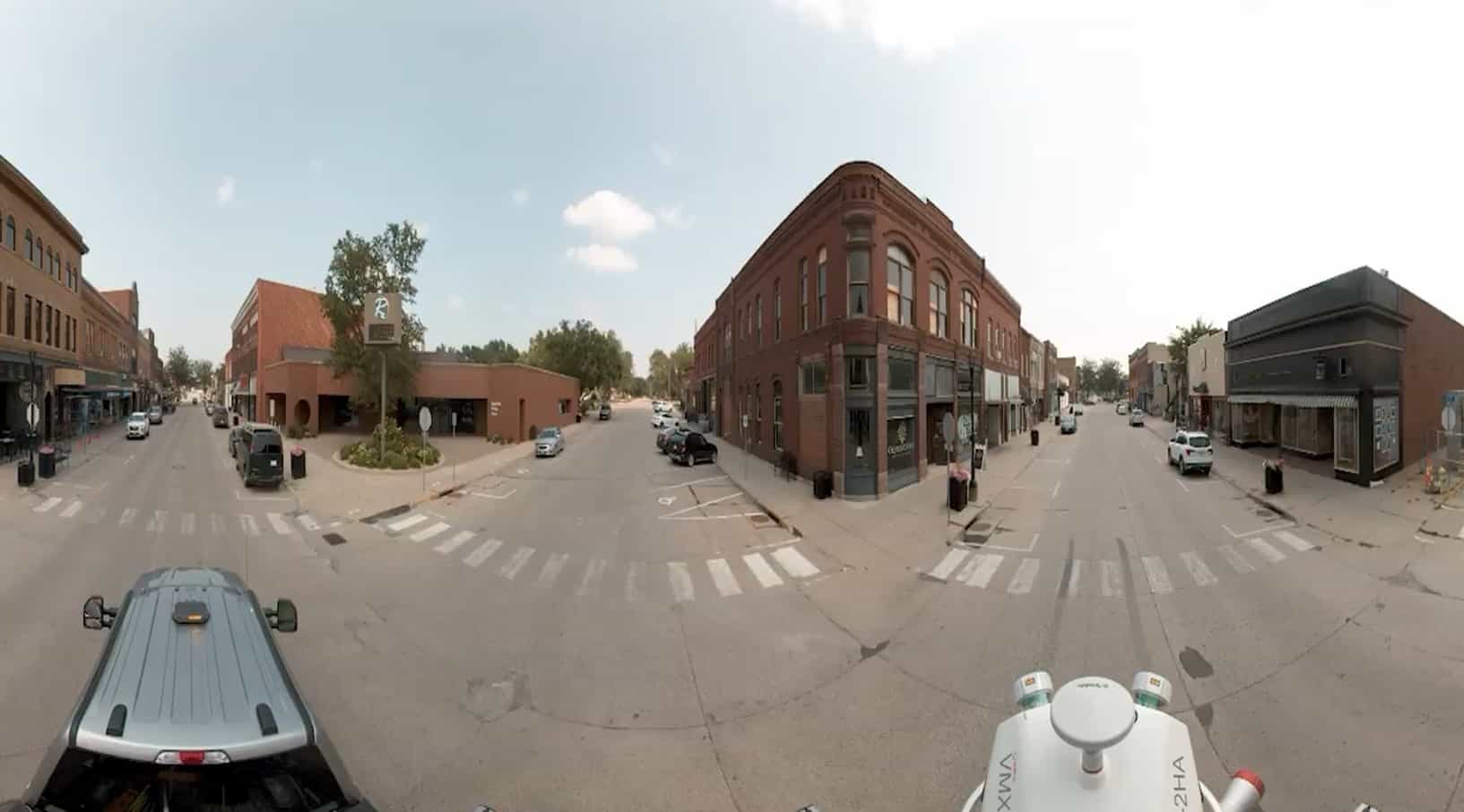The benefits of a walkable city are well known. According to the Climate Reality Project, not only does encouraging pedestrian travel lessen the need for more expensive or carbon-emitting forms of transportation, but walkable cities also promote active living, reduce crime, encourage social interaction, and enhance community identity.
The elements that create a walkable city rely heavily on traditional infrastructure assets, which require regular inspection and maintenance. Pedestrian bridges are a crucial element of walkable cities, and if they must be frequently shut down for repairs, pedestrians could suddenly find themselves stranded and unable to access both critical services and recreational activities they both expect and depend upon.
Courtney Shepard, bridge asset manager, City and County of Denver, works to ensure all 630 bridges that she oversees remain safe and passable. One of the most distinctive pedestrian bridges in the city is the Highland Bridge, part of a series of three bridges that cross Interstate 25, rail lines, and the South Platte River to connect neighborhoods in northwest with downtown Denver. “They are all critical passages that offer pedestrians a safe passage to downtown, especially with the nearby vehicular traffic,” Shepard said.
Not only does the Highland Bridge complete a critical transportation artery, but it also features a distinctive design, with a timber plank deck and bowed pylons that curve above the 320-foot span. However, this unique design produces unusual maintenance considerations. Plank decks can create trip hazards as wood can bend and warp, and the ends of the bridge rest on bearings, producing more bridge movement than similarly sized bridges. Though Shepard and her team perform regular inspections and maintenance on Highland Bridge, they wanted more detailed knowledge on the current state of the bridge than regular inspections could produce.
Dreaming Big and Starting Small
In 2022, John Barone, infrastructure technology lead with Stantec, was thinking of ways the engineering firm could leverage technological breakthroughs that could develop into new types of services and benefits for its clients. Fortunately, his company supports experimentation. “Stantec provides funding for special research projects that explore new uses of technology,” he said.
Barone was especially interested in bringing value to digital twins that could grow as large as a city. He wanted to go beyond simply visualizing an area’s real-world appearance by understanding where he could add Internet of Things devices in places that could produce continual data into real-world conditions. This data could provide insight into a variety of city elements, such as utilities, drainage, and slope maintenance.
Stantec approved his idea to start small and monitor a single asset, then provide the data gathered to the asset’s operations and maintenance teams to improve decision-making. With the lessons learned from that experience, it could become the basis for a digital twin that could grow and encompass an array of different assets.
Barone and Stantec had previously worked with Shepard and the City and County of Denver, and felt that a bridge within that system would be a natural fit. “They’ve been a good client of ours for quite a while, so we thought we could approach them,” Barone said.
Shepard was excited to have the opportunity, and quickly determined that the Highland Bridge was the best asset for the project. “If we can get the data out of this and learn the behavior of our bridges, that’s awesome,” she said.
Customizing Alert Notifications for a Unique Bridge
Because Shepard and her team were most concerned about bridge vibrations, Stantec selected sensors with accelerometers and tilt meters that can measure movement. The teams determined 16 of them would provide full coverage for the bridge, and determined how workers could suspend themselves from the bottom of the bridge for installation. “If you need to access the lower deck, it can take some additional planning,” Shepard said.
After the sensors were secured into place by using clamps and adhesive, the research team used iTwin IoT, Bentley Systems’ IoT intelligence product, to bring together sensor data in one location. “Our dams group had used the software for quite a while, and they raved about it,” Barone said. “It can connect all kinds of sensors, and the iTwin IoT team helped guide us through installation.”
The research team set up iTwin IoT with specific movement parameters. If movement on the bridge exceeds those parameters, the application will send an alert letting Stantec know. “If the vibration gets above a certain level, we can notify the city immediately,” Barone said.
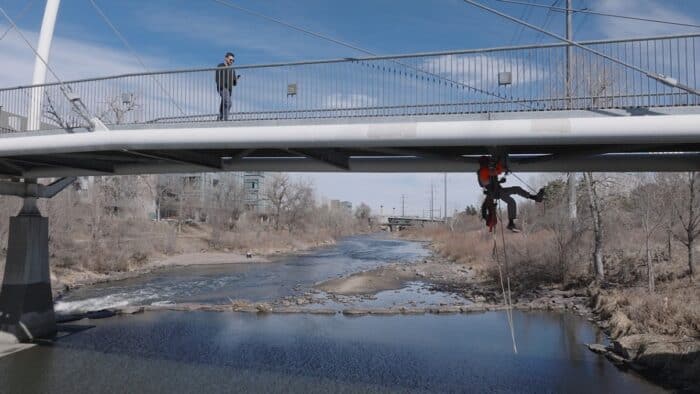
Daily Monitoring for More Targeted Maintenance
The sensors mounted under the bridge are now sending a steady stream of data to Stantec, who then keeps the City and County of Denver up to date on the bridge’s behavior on a daily basis, rather than having to rely on inspections that may not occur for years. Already, the teams are learning more about how the bridge moves on typical days. “We now know the bridge moves a little more than it was designed to, which could lead to some maintenance issues faster than they were anticipating,” Barone said.
Shepard said she and her team now have improved insight into Highland Bridge, which will help them improve decision-making and address potential issues before they become costly repairs that could temporarily shut down pedestrian travel. “We can now monitor the bridge and use that information to determine when to do rehabilitation projects,” she said.
Barone said the team can keep a record of all data recorded, though the team is already thinking of ways to add value to this project. “We want to tie more data into [the project], such as incorporating historical records of maintenance and information on elements like piers and columns,” Barone said.
Due to the easy interoperability of iTwin IoT, the Highland Bridge project can become a building block of a larger digital twin of the area, without having to make any modifications. Stantec has already installed similar sensors on a vehicular bridge.
In the meantime, the City and County of Denver will have access to data indicating the real-world conditions of their monitored bridges to help keep traffic moving—Whether that be pedestrian or vehicular.
Bentley’s Bridge Monitoring Solution leverages iTwin IoT along with iTwin Experience & iTwin Capture.


